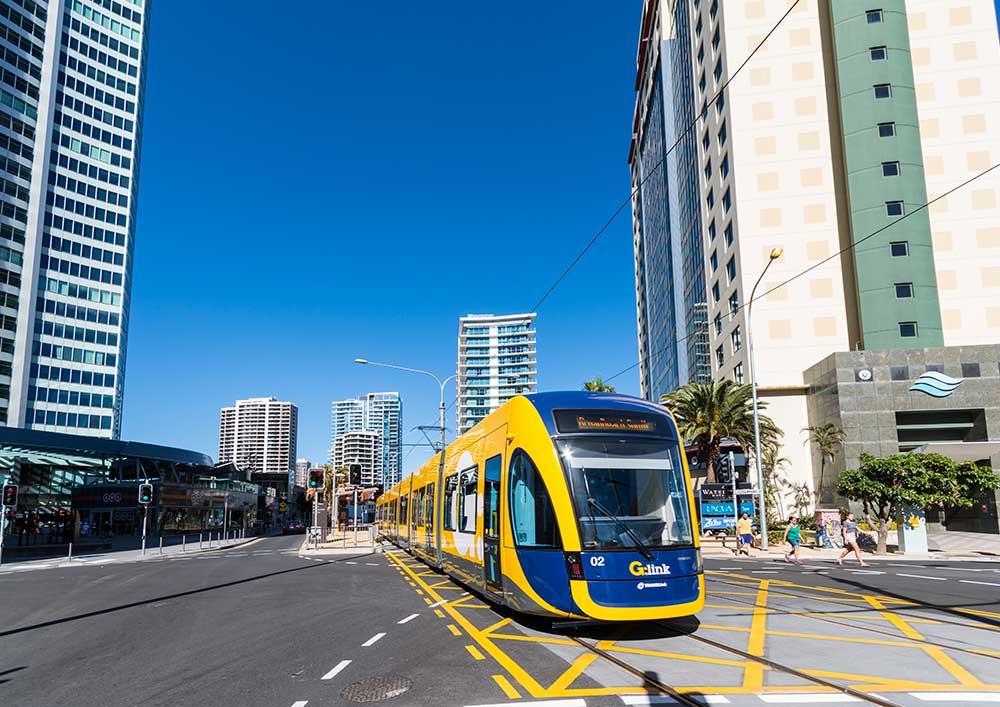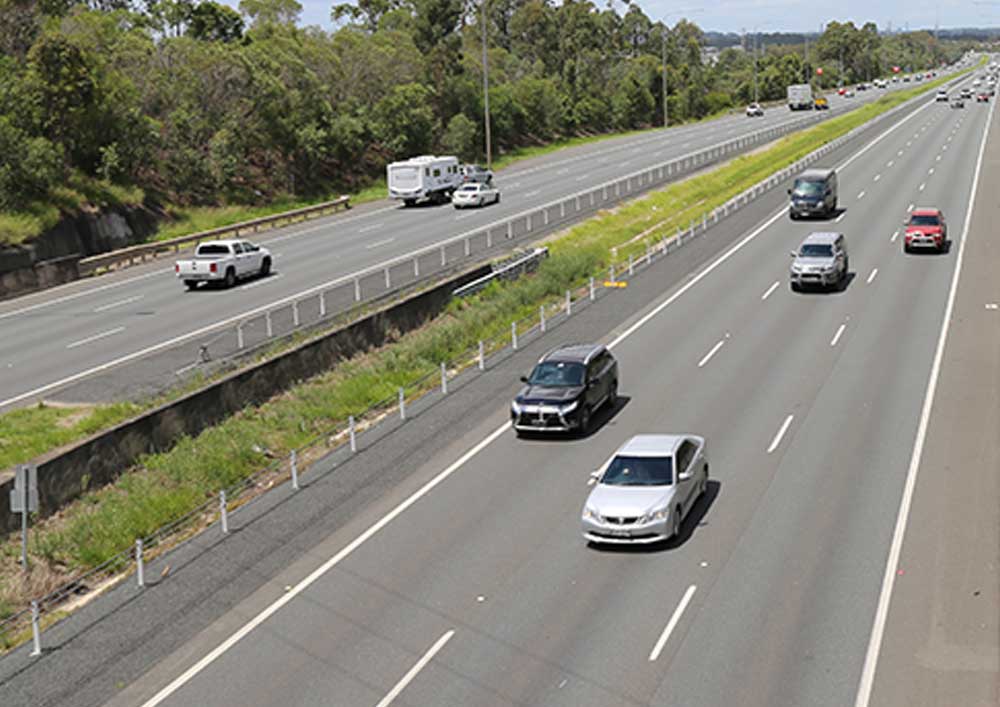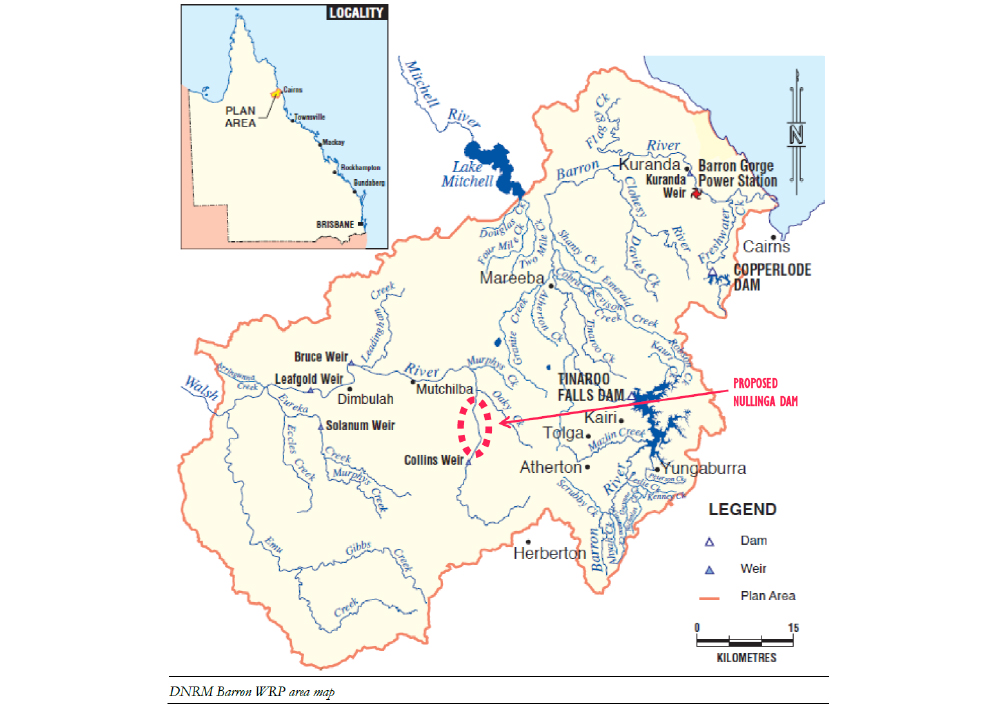
Townsville Eastern Access Rail Corridor
Building Queensland completed the detailed business case for the Townsville Eastern Access Rail Corridor (TEARC) in late 2017.
Developed in partnership with the Department of Transport and Main Roads, the detailed business case investigated the viability of a new 8.3-kilometre freight rail link connecting the Mount Isa Line to the North Coast line, through the Townsville State Development Area, to the Port of Townsville.
A key focus of the analysis was estimating future demand and freight capacity along the whole supply chain. Building Queensland’s business case concluded that the costs of proceeding with the new line at this time would significantly outweigh the benefits of reduced road delays and a marginal increase in rail efficiency. The project capital cost estimate is $391.7 million (nominal P90) and $457.7 million whole-of-life (nominal P90).
The preservation and development of the rail corridor and associated investment in other parts of the supply chain were referred to the Queensland Government for further consideration.
In April 2018, the Queensland Government announced it accepted Building Queensland’s advice and is undertaking actions to preserve the corridor—a move that will significantly reduce the future financial costs of delivering the project when it is needed.
View the TEARC Detailed Business Case in full.
Alternatively, you can view the business case by chapter:
Executive summary
Chapter 1 – Introduction
Chapter 2 – Strategic context
Chapter 3 – Defining the service need
Chapter 4 – Demand forecasts
Chapter 5 – Base case, options analysis and recommended solution
Chapter 6 – Risk management
Chapter 7 – Economic analysis
Chapter 8 – Financial and commercial analysis
Chapter 9 – Delivery model analysis
Chapter 10 – Market considerations
Chapter 11 – Legal and regulatory approvals assessment
Chapter 12 – Public interest considerations
Chapter 13 – Environmental assessments and approvals
Chapter 14 – Social impact evaluation
Chapter 15 – Sustainability assessment
Chapter 16 – Affordability analysis
Chapter 17 – Conclusions
Chapter 18 – Assurance
Chapter 19 – Implementation plan
Chapter 20 – Recommendations
Chapter 21 – References
Chapter 22 – Glossary of terms
A summary of the cost benefit analysis, as detailed in Chapter 7 – Economic analysis, is available here.
All Completed Business Cases
Gold Coast Light Rail Stage 3A – Broadbeach to Burleigh Heads
The Gold Coast is Australia’s largest non-capital city and the second largest city in Queensland, with its population forecast to increase by 61 per cent to 928,000 in 2041. The provision of high-capacity public transport will allow the Gold Coast to accommodate forecast growth while preserving the attractiveness and liveability of the southern Gold Coast.

Bruce Highway – Cairns Southern Access Corridor Stage 3 (Edmonton to Gordonvale)
The 9-kilometre section of the Bruce Highway from Edmonton to Gordonvale experiences significant delays during morning and evening peaks and has a high crash rate.

Nullinga Dam and Other Options Preliminary Business Case
The proposed Nullinga Dam site is located on the Walsh River in the Atherton Tablelands and has been proposed as a future water supply to serve growing urban demand in Cairns and to stimulate irrigated agriculture in the region, by supplementing existing supplies.